8. Open source hardware: from fibers to fabric#
aka many ways to hack a heddle loom#
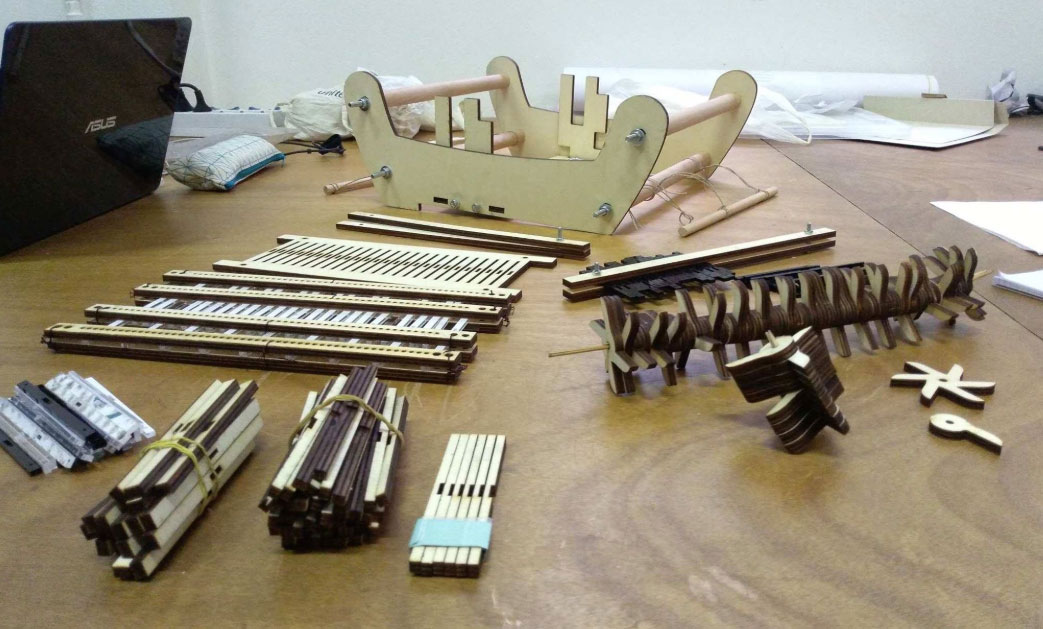

Research#
For the lesson of this week we worked together with Chiara in the first part, a research a better way to understand the mechanism of the base loom.
We were interested in a free frame that did not limit the length of the weaving but that allowed to unroll the threads according to the length of the final piece of fabric.
We found online an opensource file with a laser cut waving loom that had these characteristics, that was compact (30 x 50 cm) but did not limit the length of the yarn fabric.

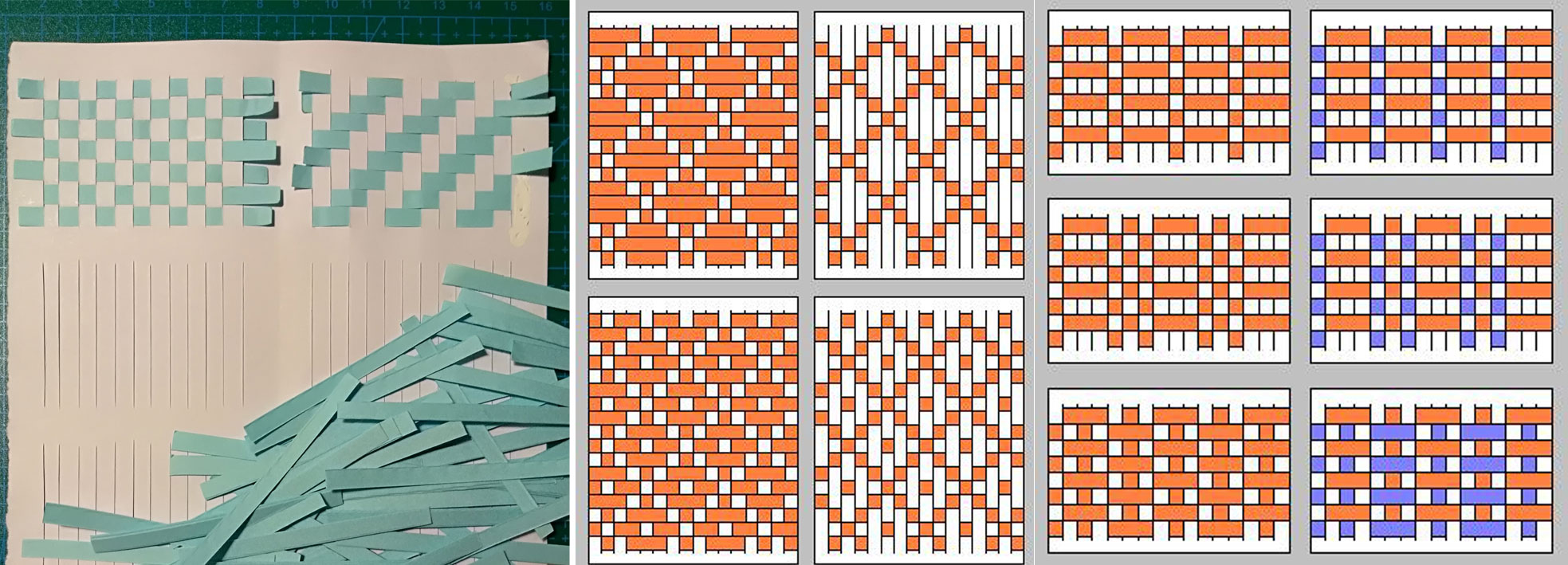
I wanted to concentrate on combing the ability to make more than two lines of pattern or different waving points.
I studied the patterns online and I found interesting those that developed on at least 3 or 4 different heddle lines. But how can we convert our rigid haddle to raise different lines? I started sketching different ways to raise individual “needles” that could be independent depending on the patterns to follow

Realization#
First of all we decided to start the research togheter but getting two frames, one each. Working remotely during the week, we had very little time to brainstorm our ideas. To better understand the operation of our machine we laser cut the pieces of the structure that would not have changed, the base of the loom.
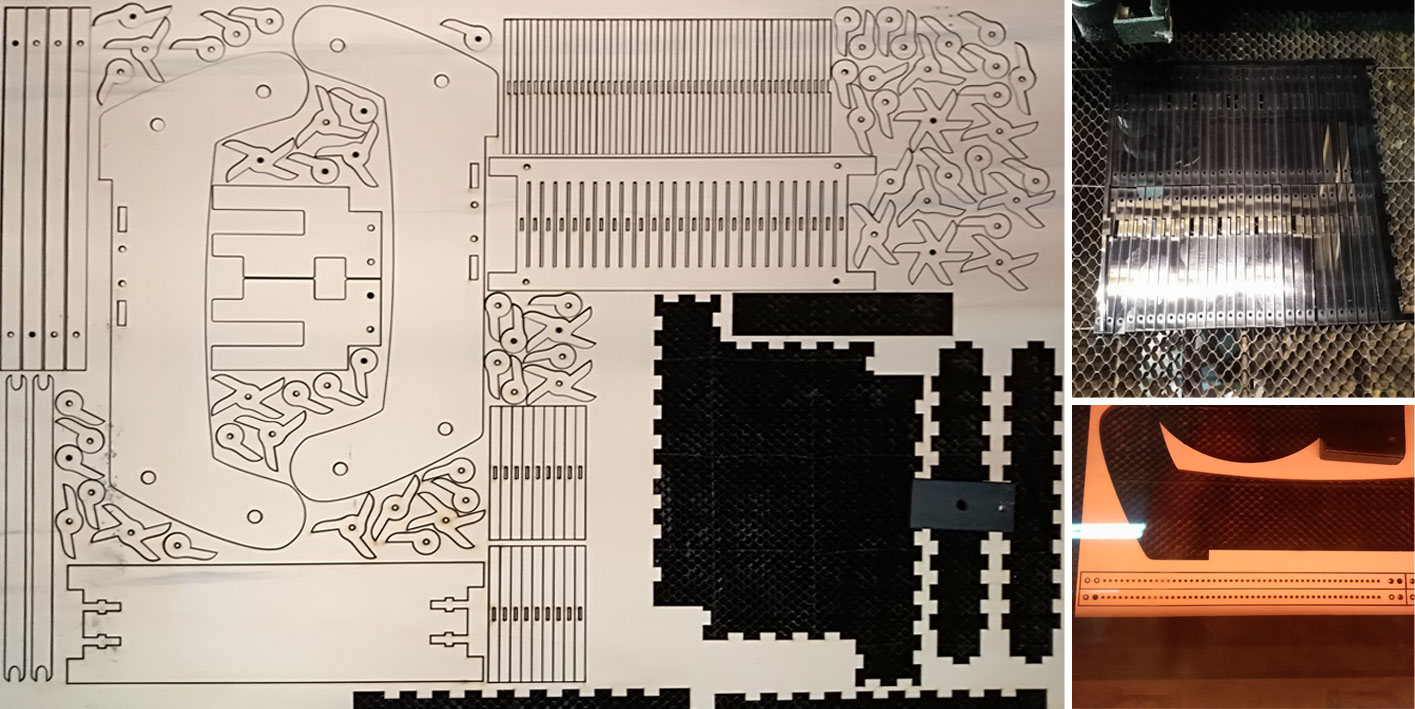
after this phase we continued autonomously because I was more interested in experimenting with a mechanism similar to that of carillon which provided gears and that raised the needles seiautomatically

Focus on the heddle#
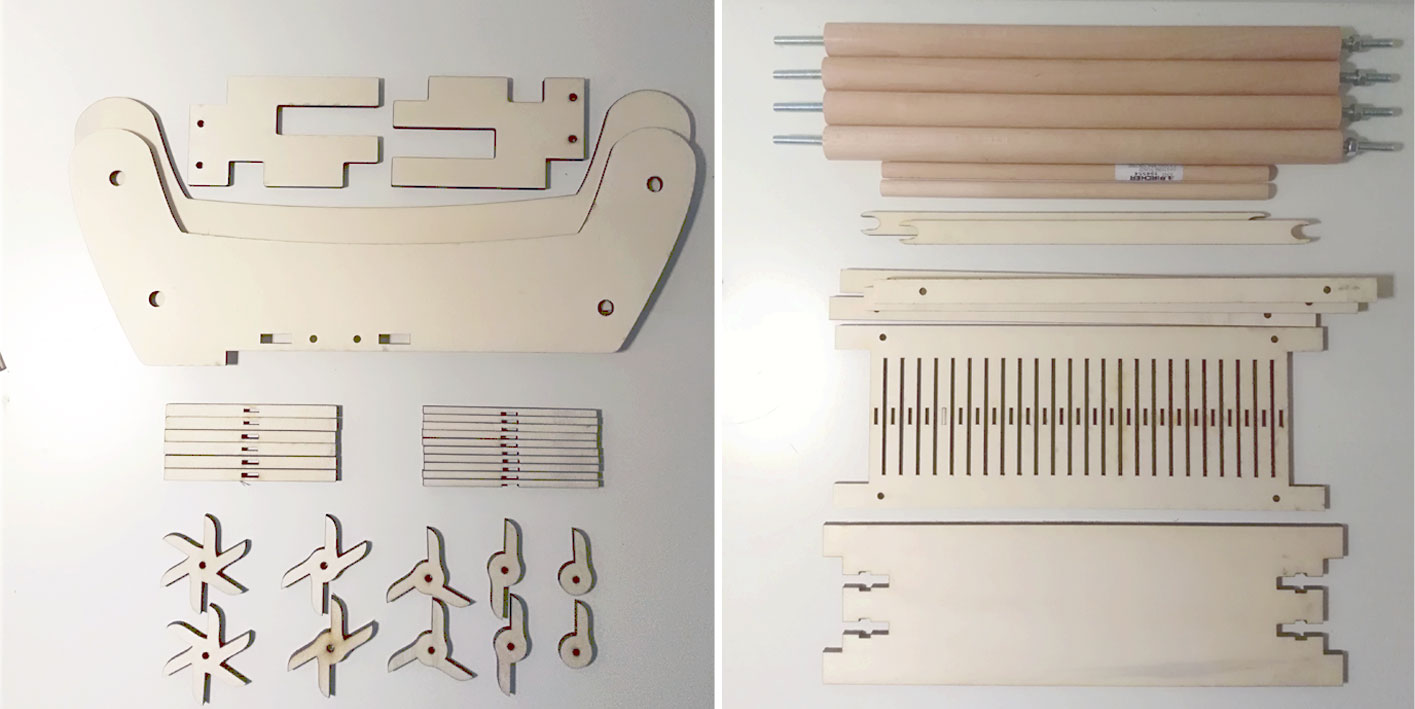

After had obtained the basic pieces I passed to the assembly of the various possibilities that I had developed focusing on heddle.
8_OPEN SOURCE HARDWARE_from fibers to fabrics from Greta Dalessandro on Vimeo.
Rigid Haddle (the base)#
The basic heddle is very simple, allows you to have two points that alternate and tighten the points of the weaving. I wanted to preserve this charity as much as possible, but making it more flexible.

Flexible Haddle (2nd step)#
Heddle with free needles approached the idea of freeing and making needles independent and I developed two types of shapes: one is exactly that of the heddle base but making the needle independent; the other form has a recess for passing the thread and being flanked to another module does not allow the yarn to slip off. This is form save space and have many points in the same width of the yarn.

Flexible crossed Haddle (3th step)#
The double or crossed heddle is basically formed by two frames that are crossed together in order to alternate the chosen points in a freer way than the heddle base.
I have studied a frame that has holes for small nails to block the single loose needles.
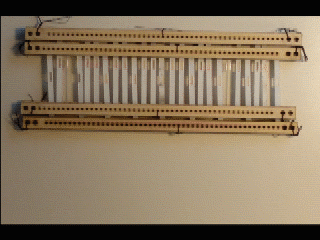

Flexible Haddle Rings (4th step)#
In the last step of my experimentation with heddle the most interesting mechanism was born. To get different points I developed some washers similar to mechanisms with six “teeth” that would raise the needles of the heddle.
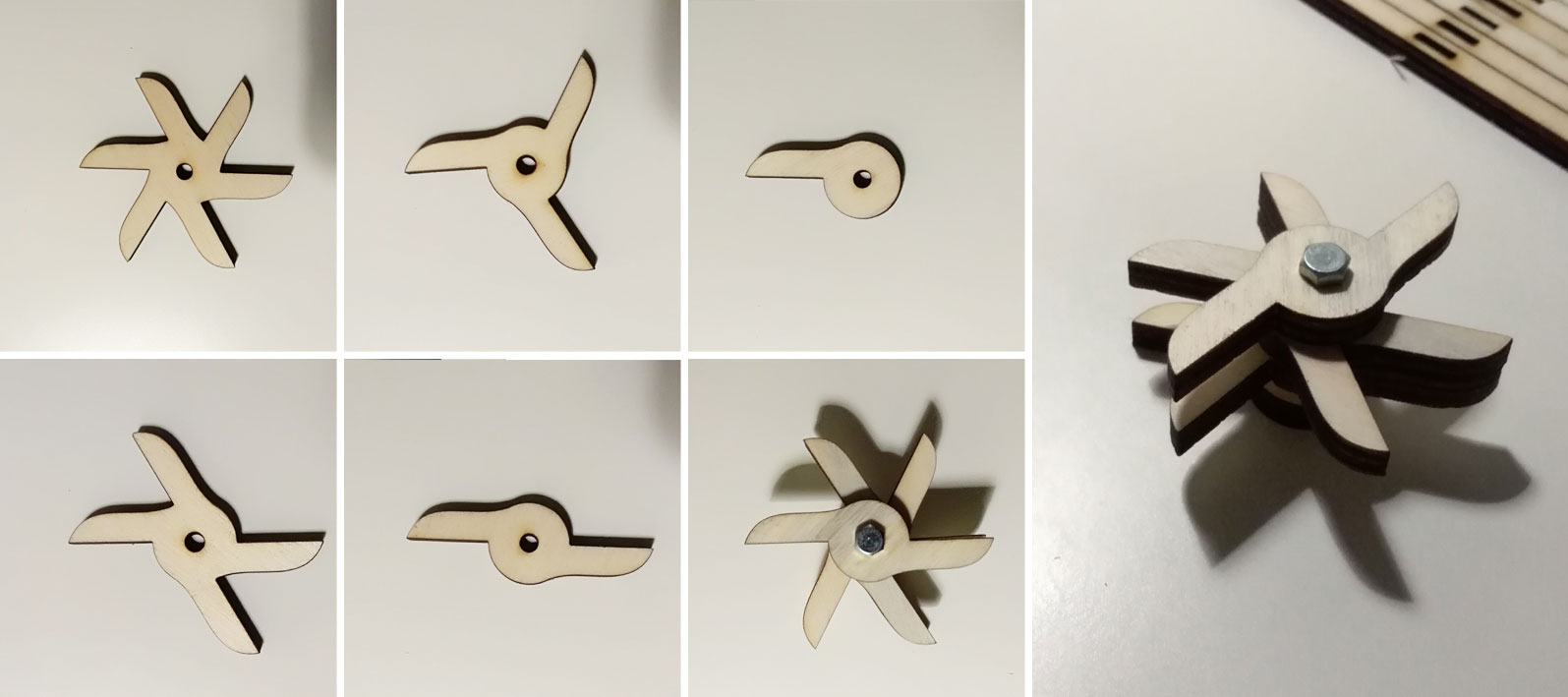
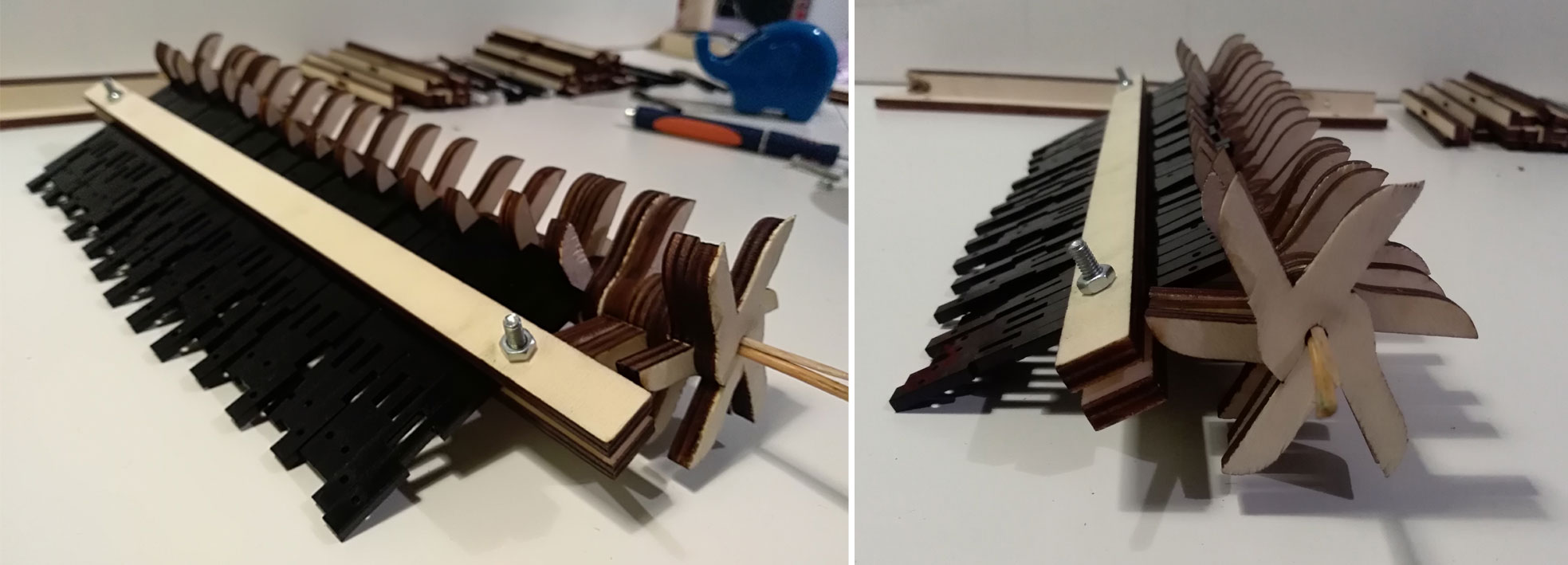
This was certainly the most experimental step because born from the idea of the carillon cylinder and the perforated cards to make the weaving process semi-automatic.
It would be interesting to correct mistakes and to be able to develop this machine
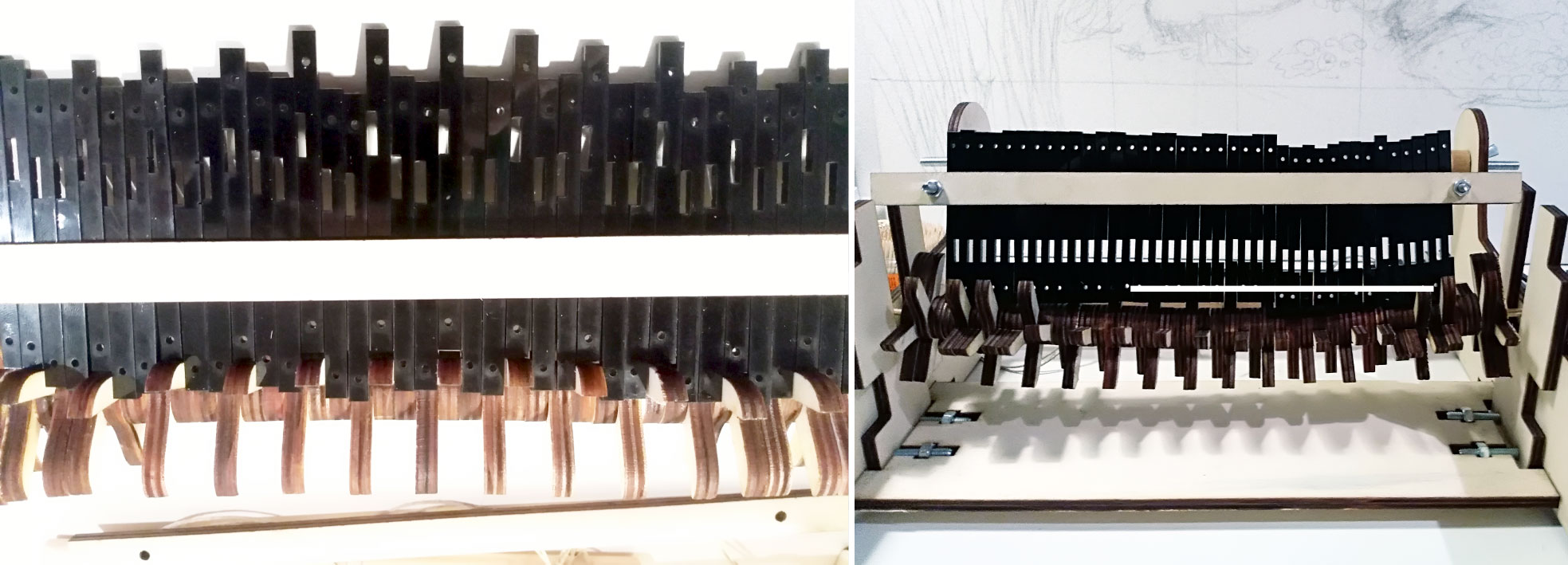
I would also like to be able to make the weaving process interactive and recreate a melody through the mechanisms that rotate in a semi-automatic way, always to reconnect the project to its initial idea of the carillon.
The washers should have a greater diameter to allow the needles to slide better on its profile and a shaped support asymmetrical with respect to the axis (similar to a triangle like section_vedi sketches) to interlock but transmit the movement
Files#
file dxf adapted on a personal piece of material